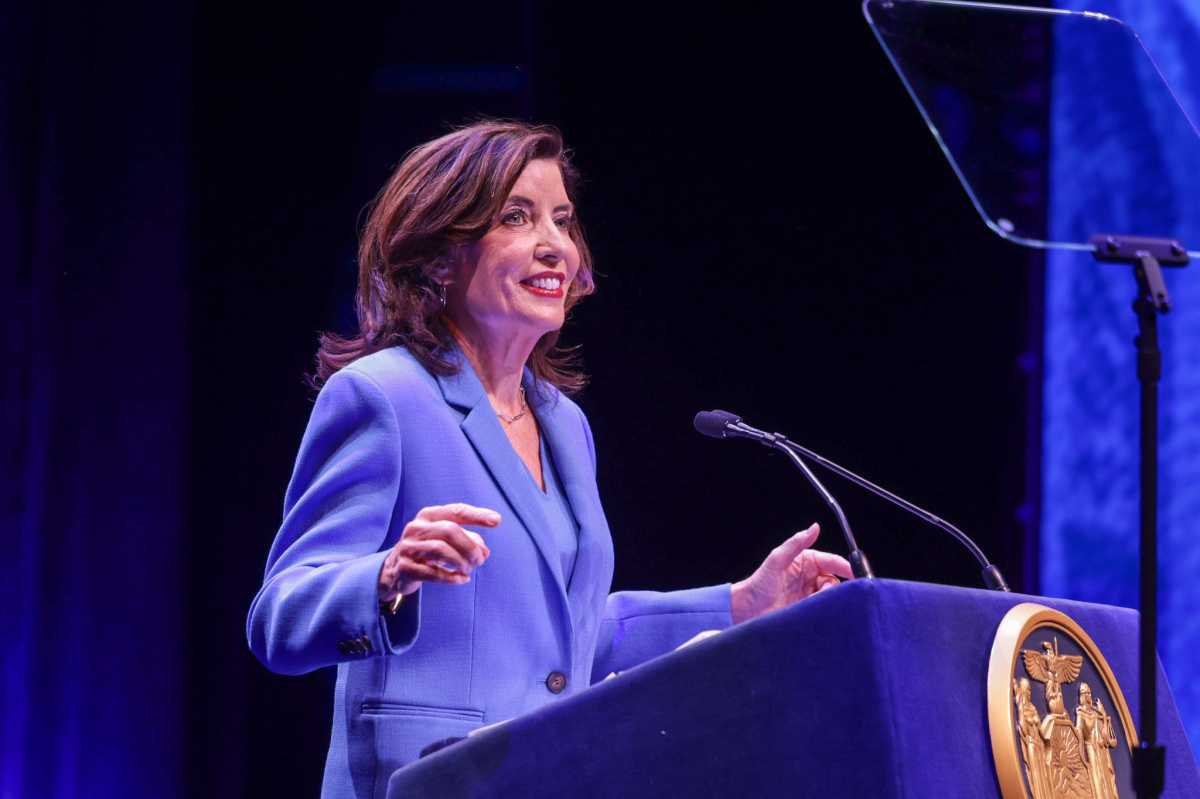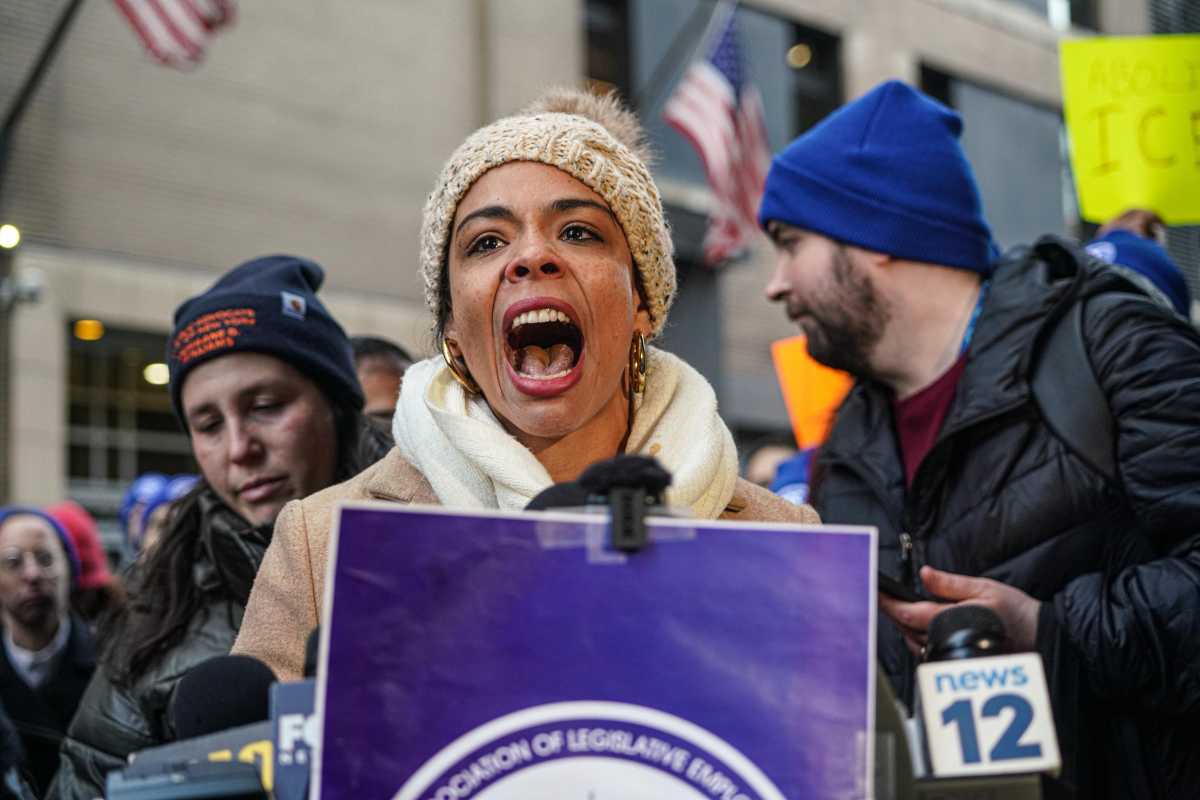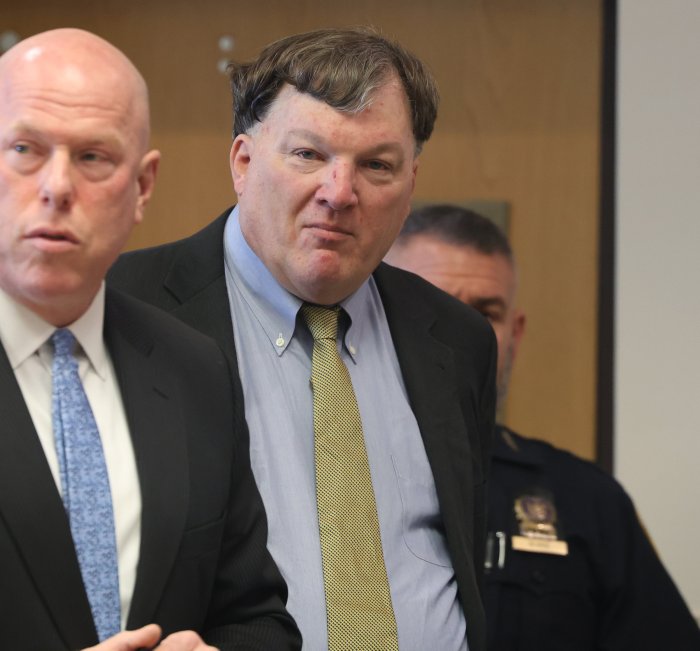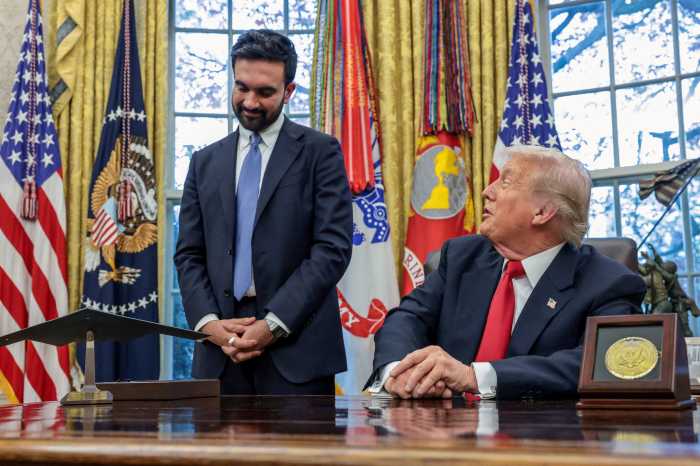
Trick or Treaters might have to worry about some of the left over mess from the Nor’easter that hit the East Coast, but daylight won’t be a problem.
Daylight Saving Time ends after Halloween, giving candy-seeking youngsters more time to travel house to house.
DST officially ends in a week, on November 6 at 2 a.m.—when clocks are turned back one hour. Of course, it will get dark early, but for that one day at least, that means an extra hour of sleep!
In the northern hemisphere, DST begins between March and ends in November. It allows for more light during the evening hours and less in the morning hours.
The practice has been criticized and reported to cause problems for farming and other occupations tied to the sun.
The United States Energy Policy Act of 2005 says Daylight Saving Time begins on the second Sunday of March and ends on the first Sunday of November.
According to National Geographic, the federal government doesn’t require U.S. states or territories to observe Daylight Saving Time, which is why Arizona, Hawaii, Puerto Rico, the Virgin Islands, American Samoa, Guam and the Northern Marianas Islands residents won’t need to change their clocks back.
According to timeanddate.com, Benjamin Franklin was the man behind the time change, though it’s noted that ancient civilizations adjusted schedules to the sun to take advantage of sunlight hours. Franklin, most notable for his proverb, ”Early to bed, and early to rise, makes a man healthy, wealthy and wise,” suggested a kind of daylight saving time back in 1784 as a way to economize candles and use morning sunlight. The concept of DST was mainly credited to New Zealand entomologist, George Hudson, whose job gave him more leisure time and led him to value daylight, ultimately proposing a two-hour daylight-savings shift.






























